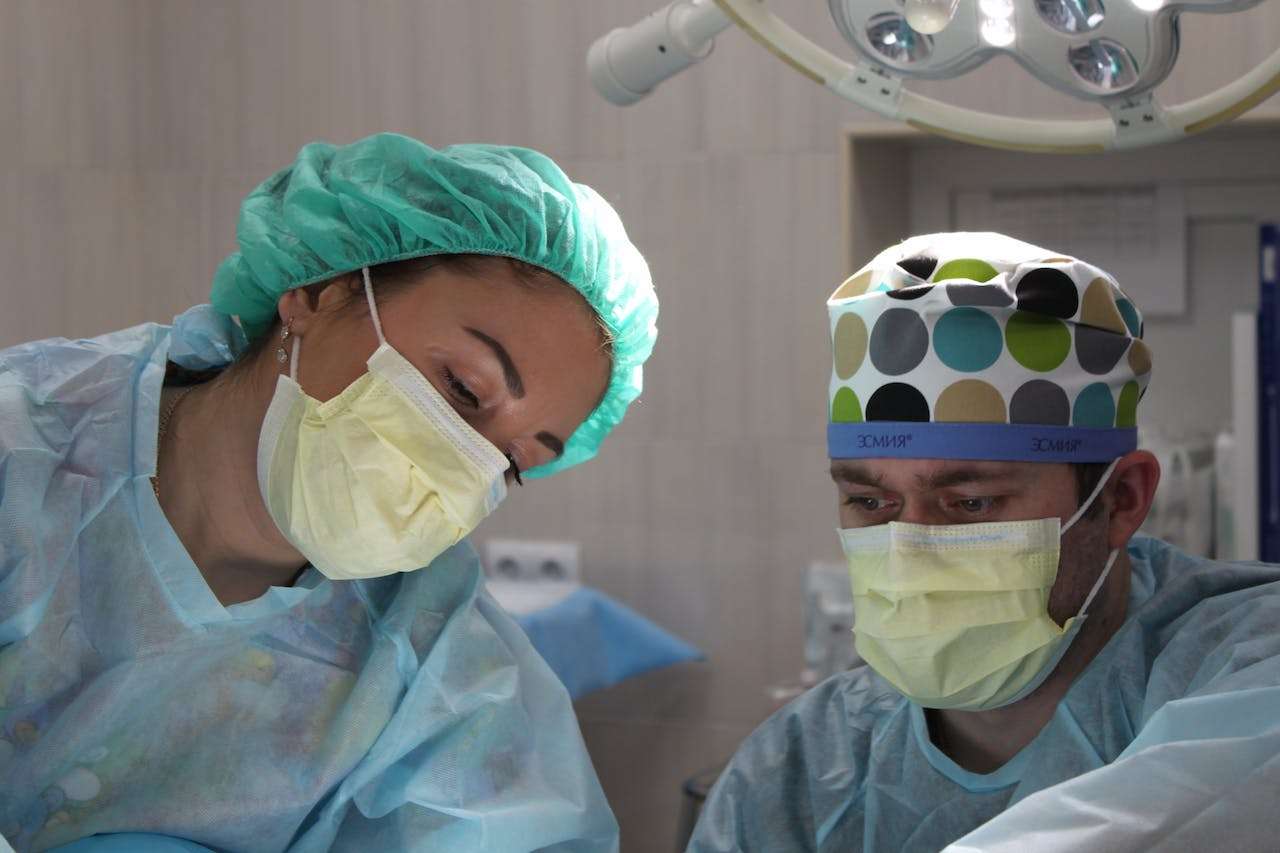Top 10 pediatric surgeries
The top 10 common pediatric surgeries typically include:
- Tonsillectomy and Adenoidectomy: Tonsillectomy and adenoidectomy are surgeries to remove the tonsils and adenoids, often due to recurring infections or breathing issues. Symptoms indicating the need for these procedures include frequent throat infections, difficulty breathing, and sleep apnea. The procedures are generally safe with a few risks like bleeding or infection. Recovery involves rest, pain management, and a soft diet. Post-surgery, most children experience fewer throat infections and improved breathing. Support from healthcare providers and caregivers is crucial for a smooth recovery and monitoring for any complications.
- Appendectomy: An appendectomy in children is a surgical procedure to remove the appendix, usually performed due to appendicitis. Symptoms of appendicitis include abdominal pain, fever, and vomiting. The surgery, typically done laparoscopically, is common and generally safe, but like all surgeries, it carries some risks, such as infection. Recovery involves a brief hospital stay followed by rest at home. The outcome is usually excellent, with children returning to normal activities within a few weeks. Postoperative care is important to ensure healing and monitor for any complications.
- Inguinal Hernia Repair: Inguinal hernia repair in children is a surgical procedure to correct inguinal hernias, where a part of the intestine bulges through a weak spot in the abdominal wall near the groin. It’s a common pediatric surgery, often indicated by a noticeable bulge in the groin area, especially when the child coughs, cries, or strains. The surgery, usually performed under general anesthesia, involves pushing the protruding intestine back into place and reinforcing the abdominal wall. It’s generally a safe procedure with a low risk of complications. Recovery is typically quick, with most children resuming normal activities within a week. Postoperative care includes pain management and monitoring for any signs of infection or complications.
- Orthopedic Surgeries: Orthopedic surgeries in children address a range of musculoskeletal issues, from broken bones to congenital deformities. Common procedures include correcting clubfoot, treating fractures, and addressing hip dysplasia. These surgeries require precise techniques adapted to children’s growing bones and tissues. Postoperative care often involves physical therapy to ensure proper healing and mobility. The goal is to enable children to grow and develop normally, minimizing future complications and enhancing their quality of life. The success of these surgeries varies based on the specific condition and procedure.
- Circumcision: Circumcision in children is a surgical procedure involving the removal of the foreskin from the penis. It’s often done for religious, cultural, or health reasons. The procedure is typically safe, with a low risk of complications. Postoperative care involves keeping the area clean and monitoring for signs of infection. The decision to have a child circumcised often involves various factors, including family tradition, religious beliefs, and medical advice. Parents are encouraged to discuss the benefits and risks with a healthcare provider to make an informed decision.
- Cardiac Surgeries: Various heart surgeries to correct congenital heart defects.
- Gastrostomy: Gastrostomy in children is a surgical procedure to create an opening in the stomach (stoma) for a feeding tube. This is often necessary for children who cannot eat orally due to various medical conditions. The surgery ensures adequate nutrition and growth. It can be performed endoscopically or through open surgery. Postoperative care includes managing the gastrostomy site and learning how to use and care for the feeding tube. Gastrostomy is generally safe, but like all surgeries, it carries some risks, such as infection or irritation at the stoma site.
- Cleft Lip and Palate Repair: Cleft lip and palate repair in children is a surgical process to correct congenital deformities of the upper lip and roof of the mouth. These surgeries restore normal function and appearance and are often done in stages, depending on the severity of the cleft. The initial surgery typically occurs within the first year of life. Follow-up procedures may be necessary for optimal results. Postoperative care focuses on healing, speech development, and dental alignment. The surgeries are highly successful in improving eating, breathing, hearing, and speech.
- Ear Tube Surgery: Ear tube surgery in children, also known as myringotomy or tympanostomy, involves placing small tubes in the eardrums to prevent fluid buildup and frequent ear infections. This common procedure is often recommended for children who experience chronic ear infections or persistent fluid in the middle ear. The tubes help ventilate the ear and prevent fluid accumulation, reducing the risk of infection and improving hearing. The surgery is typically quick and performed under general anesthesia. Recovery is usually rapid, and the tubes generally fall out on their own after several months. The procedure has a high success rate in reducing ear infections and associated hearing problems.
- Craniosynostosis Surgery: Craniosynostosis surgery in children is performed to correct craniosynostosis, a condition where one or more of the skull sutures fuse prematurely. This early fusion can lead to an abnormal skull shape and potentially affect brain growth. The surgery involves reshaping the skull to allow normal brain development and to improve the head shape. It’s typically performed by a team of specialists in pediatric neurosurgery and plastic surgery. Recovery and outcomes vary, with follow-up care crucial for monitoring the child’s development and addressing any complications or additional needs.
Each surgery addresses specific health conditions in pediatric patients, requiring careful preoperative, operative, and postoperative care due to the unique physiological and developmental needs of children. Pediatric surgeries necessitate a specialized approach, often involving a multidisciplinary team of healthcare professionals to ensure the best possible outcomes for young patients.
------------From our Sponsors------------








